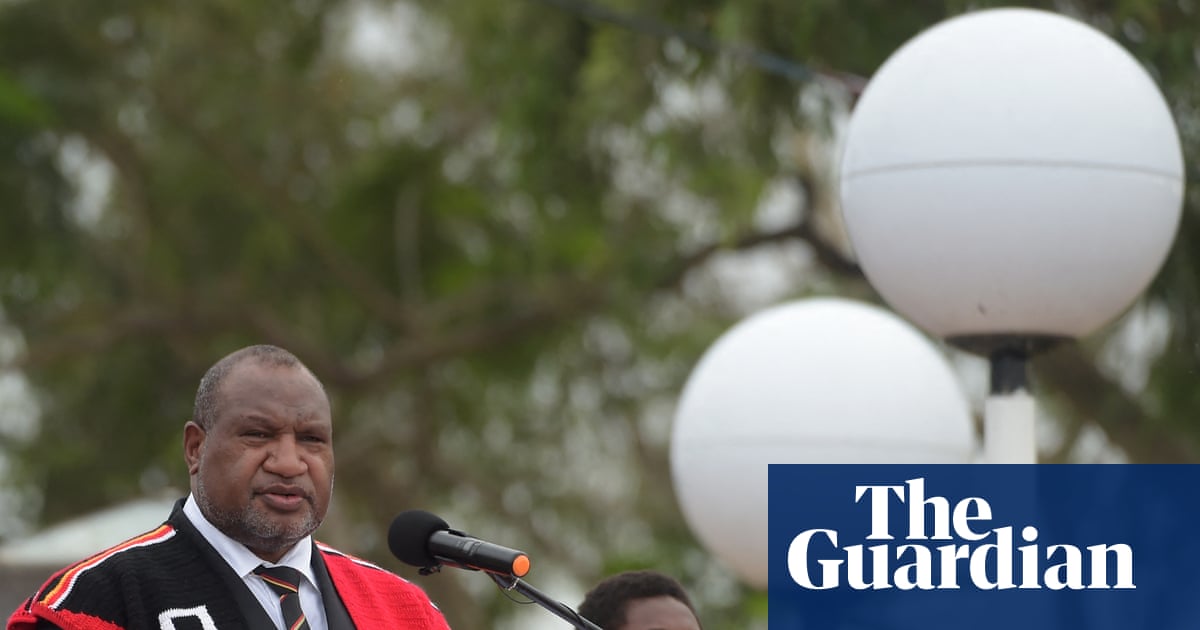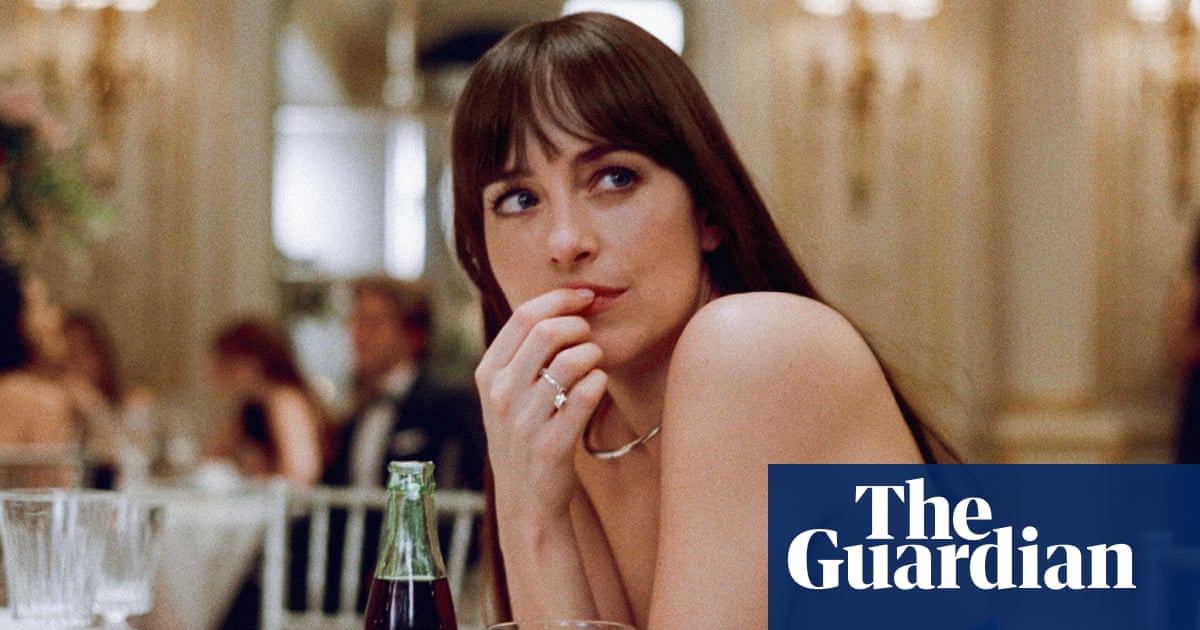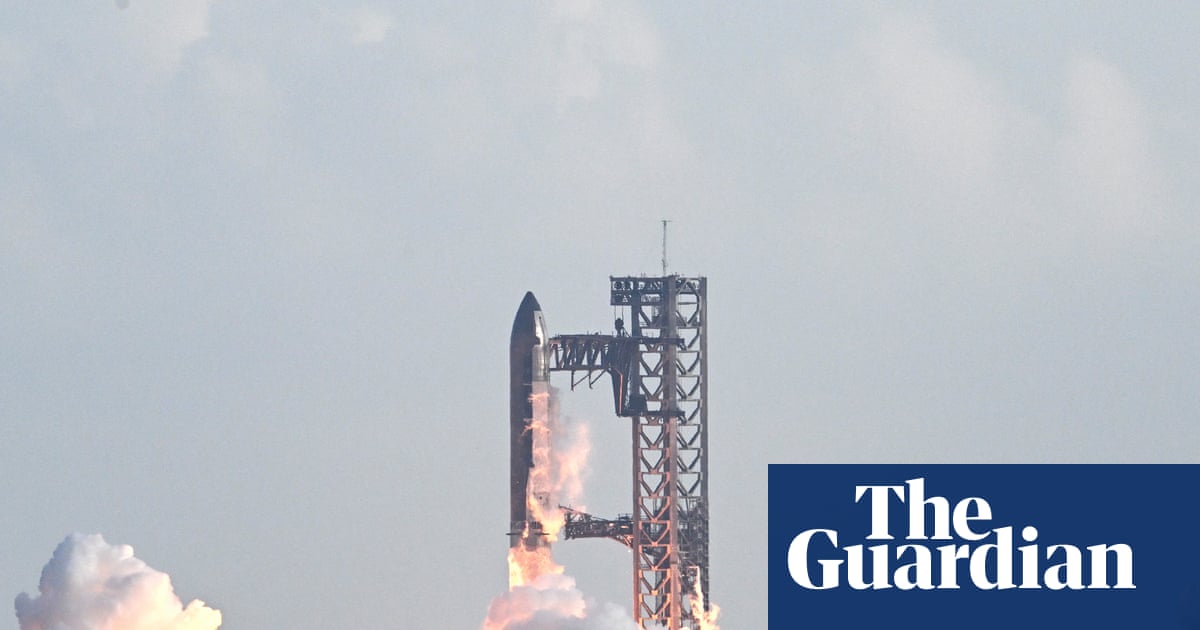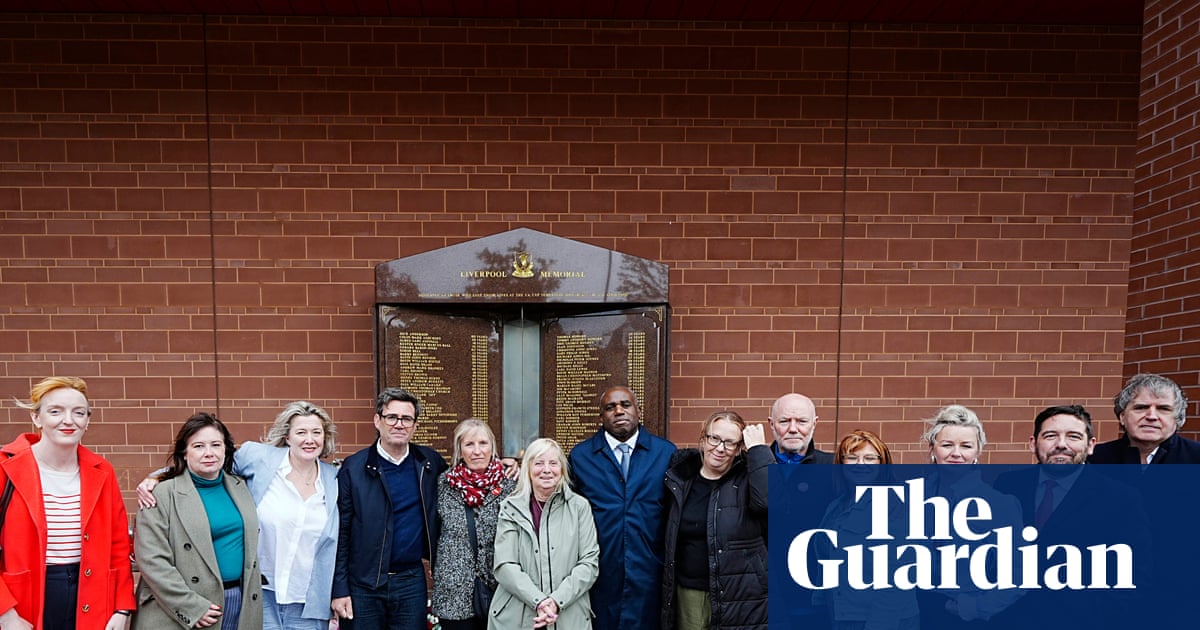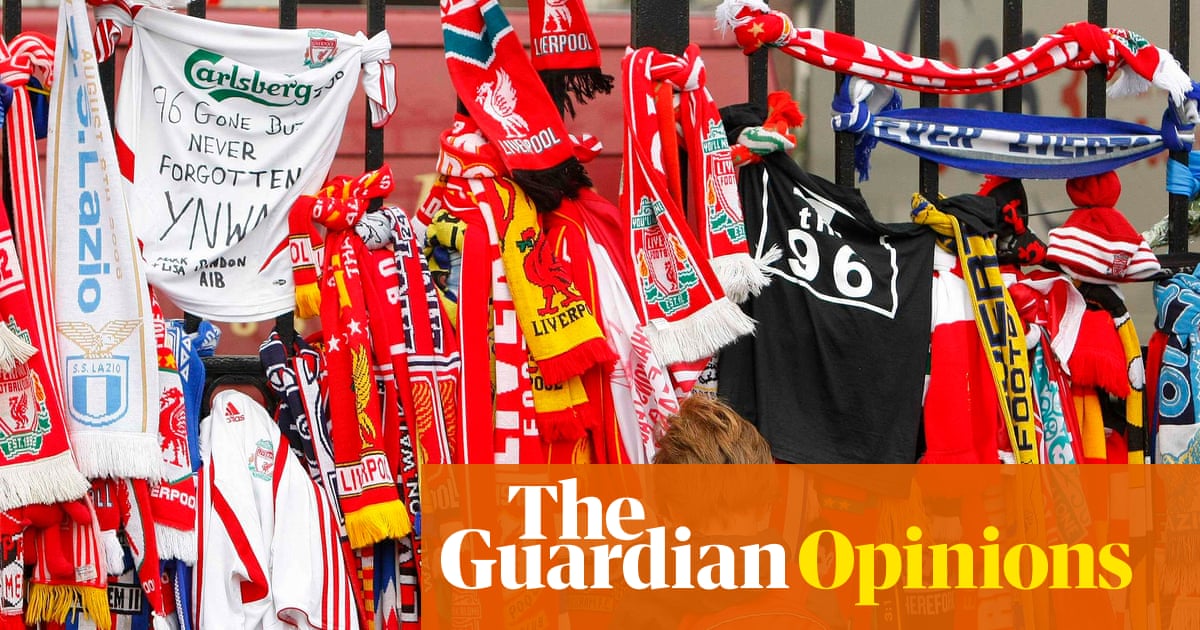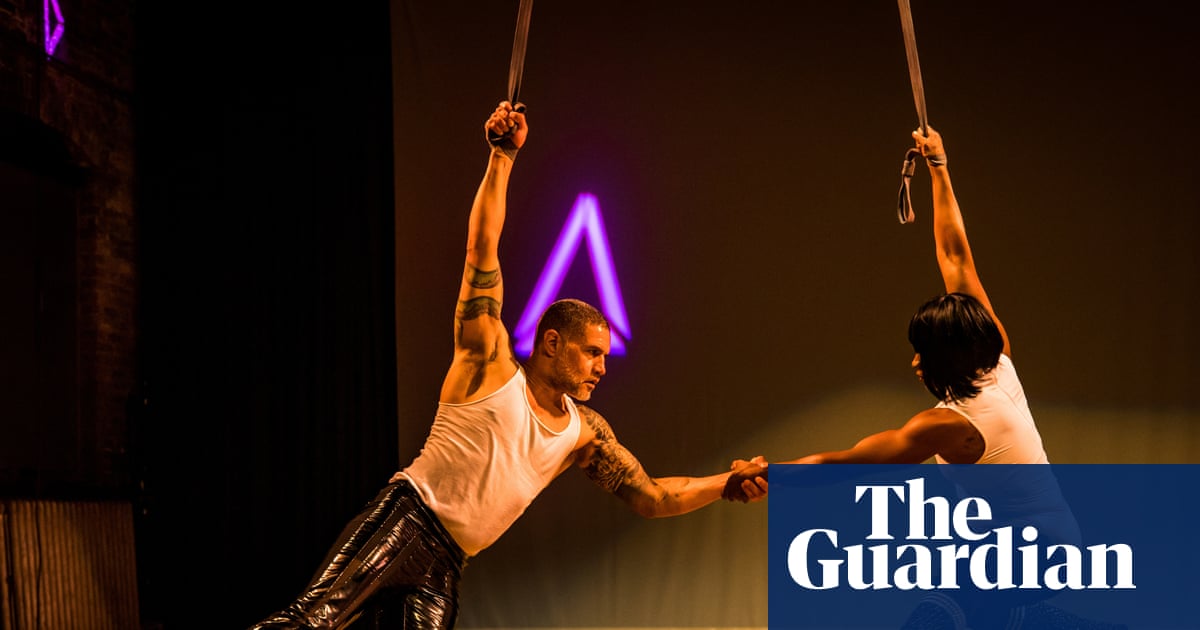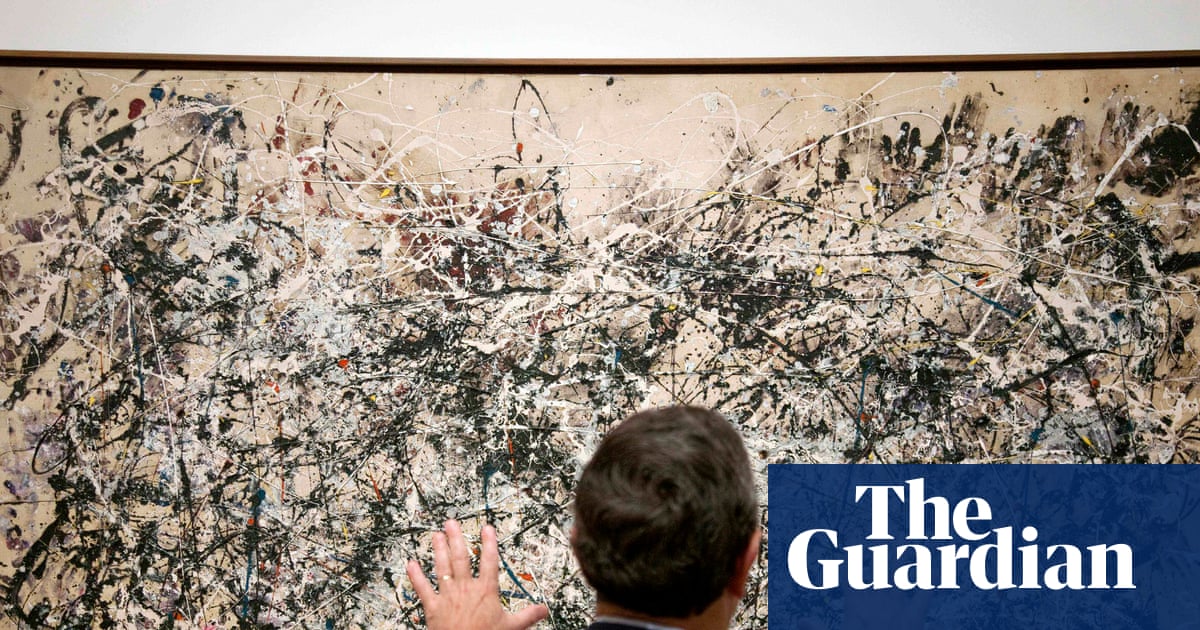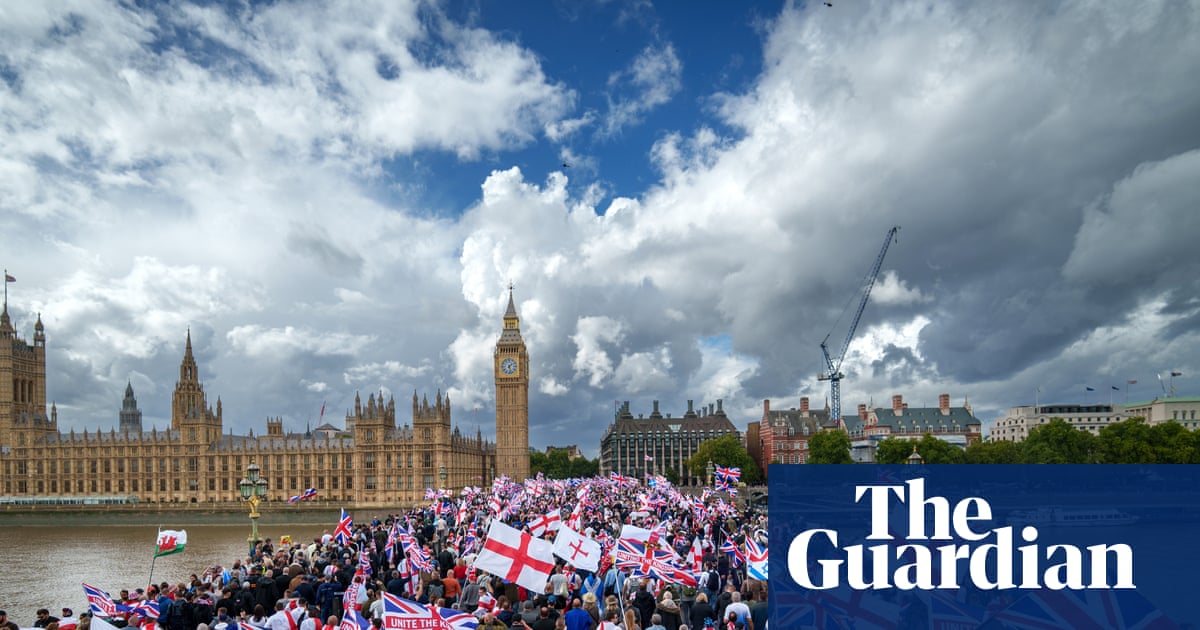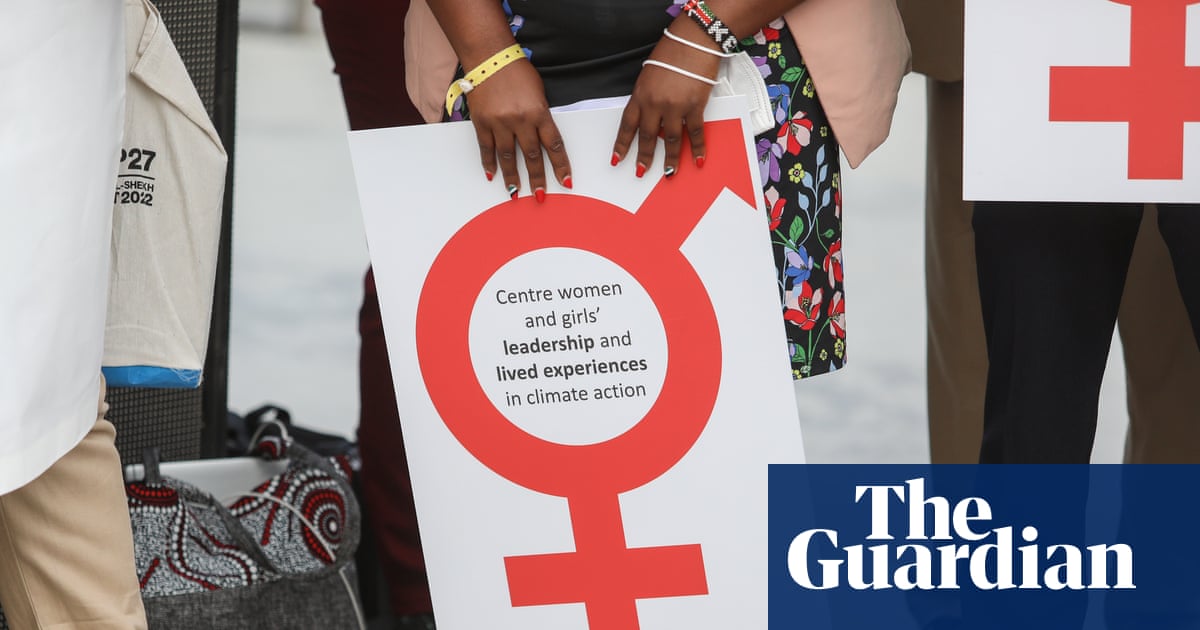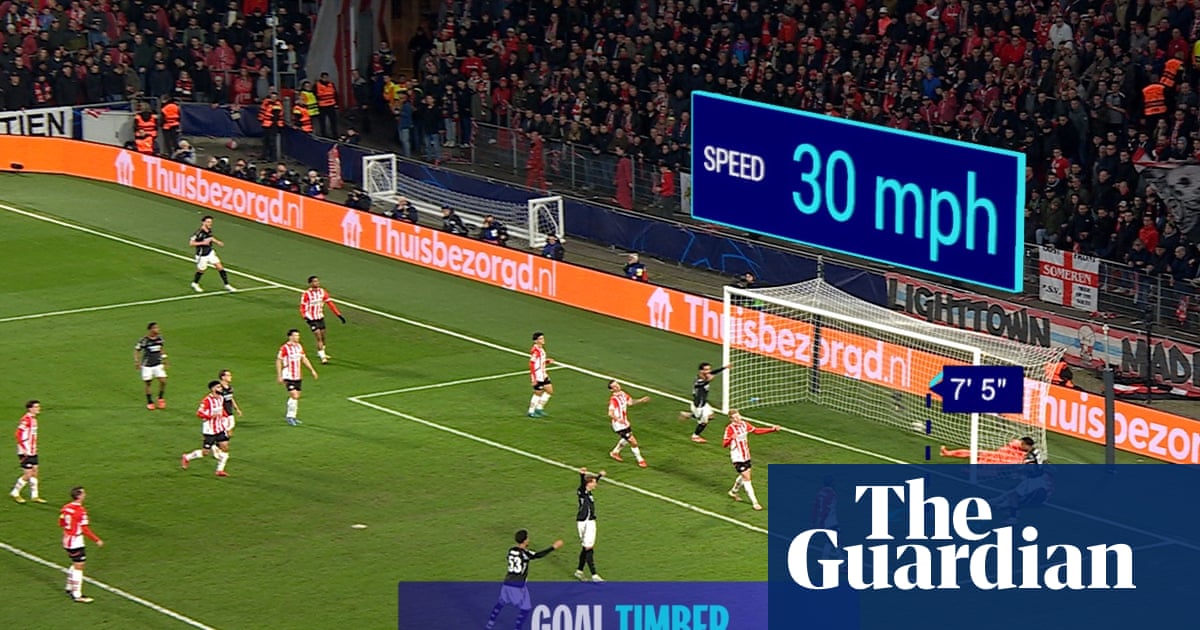The artificial intelligence giant OpenAI recently announced that its ChatGPT platform now provides free image generation, prompting an online flood of images imitating the styles of the animator Hayao Miyazaki and other well-known artists. This has been heralded as the next step in the death of art and artists, joining the impending death – or zombification – of the writer, as AI-generated novels are slated to flood the market. But a peculiar feeling, or rather lack thereof, arises when trying to engage with AI art objects.
It is not simply that AI lacks originality; after all, so too does most human art. The problem runs far deeper: the essence of art is lost in the process of its machinic invention and, with it, the very possibility of a democratic society is put under threat.
Art is a defining human endeavor, not just for those formally called “artists” but for everyone. It is not merely about arranging colors, forms, sounds or words into pleasing products. The essence of art inheres in its making: the belief that, in the act of creating art, one imbues an object with something ineffable from within one’s own being. This belief, in turn, allows for another person to project their own sense of themselves onto the work and, in doing so, to commune with the artist at a level words cannot access.
What grants art its infinite value is not the art object itself but rather what it allows by representing human experience and a singular being behind it: the way it is imagined to carry traces of an artist’s interiority, their unique feeling of being in the world. The process of making art is an act of transmission. It offers some unspeakable truth of oneself to another. In turn, the viewer finds in the artwork a reflection of their own inner sense, their inarticulable fears and desires. Art is a means of probing the gap between and within human beings through a shared but indirect language.
But art also connects audiences with each other. When two strangers are struck by a work of art and each invests it with a sense of their innermost being – perhaps involving trauma, memory or impossible desires – they relate to one another at a level of intimacy and vulnerability that is otherwise inaccessible. The artist and the artwork function as a mediator, allowing for connection with others not as simply consumers but as fellow beings who, like each of us, feel themselves to be more than they can ever express. It’s why we watch films with lovers, paint murals with neighbors or read novels alone on rainy weekends.
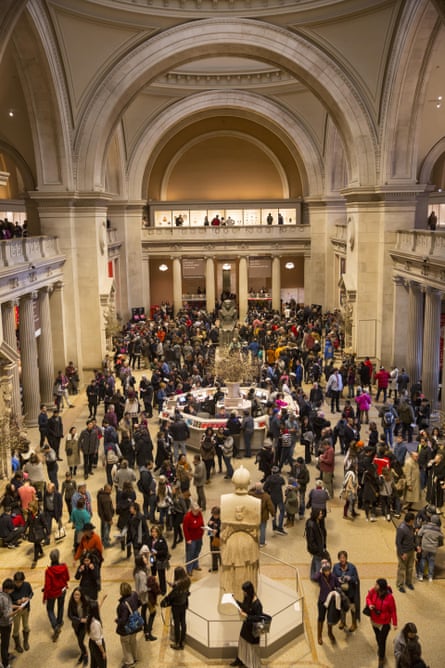
The loss of this connectedness has profound consequences not only for our relationships but also for the broader social and political fabric. A democratic ethos depends on these ties: the recognition that, precisely because of our differences rather than in spite of them, we share fundamental aspects of being. Without shared experience that affirms and protects difference, the ties that hold democratic life together begin to fray. In their place emerge homogenizing substitutes – tribalism, homo- and transphobia, authoritarianism, fascist fantasies – that promise belonging through exclusion, hatred and violence.
AI-generated images, music and prose disrupt the aesthetic dynamic upon which democracy depends. The machine does not desire, does not live in a body that imposes discomforts and misrecognitions, does not press against the limits of its own interiority. The work produced by machines is, in an important sense, uninhabited. There is no self – or rather, no being struggling and perpetually failing to be the ideal “self” it believes it should be – within the machine, and so there can be no transference or community with the other at the level of being.
What remains is a kind of spectral mimicry, a simulacrum that may deceive the eye but not the soul. Or perhaps the problem is that, under the alienating conditions of contemporary capitalism, it does deceive our increasingly fragile souls, causing them to wither by taking on the lifelessness of the machine as if interchangeable with our deepest truth.
Machines are things that make other things. Under their expanding influence, we too risk becoming nothing more than another thing – a process of thingification by which we forget what it feels like to be human and to connect not just as employees, workers, consumers or citizens but as beings capable of feeling and being felt in return.
Walter Benjamin, in his 1935 essay The Work of Art in the Age of Technological Reproducibility, warned that fascism aestheticizes politics, offering the masses the illusion of expression while stripping them of material power. AI art functions in a parallel way: it offers the appearance of freedom and abundance while further consolidating control in the hands of those who own the means of production – not only of goods, but increasingly also of culture, imagination and language. AI is not democratizing art and knowledge; it is privatizing and automating it under the control of billionaires who, like the personality cults enforced by the führers of Benjamin’s era, demand that we view them as geniuses to whom we owe deference – and even, in the age of ChatGPT and social media, our very words and identities.
Elon Musk, whose apparent public flirtations with Nazi ideology have become increasingly overt, exemplifies this dynamic. His AI ventures, like those of other tech billionaires, aim not at expanding human creativity but enclosing it within profit-driven, automated systems designed to concentrate power. For instance, since the Musk-backed xAI released its Grok chatbot and paired it with a deluge of AI-generated content across X, the effect has not been to foster creativity but to drown out dissent, amplify mimicry and disseminate Musk’s preferred political content. And, as we’ve seen at other major AI companies such asl Stability AI, Midjourney, and Deviant Art, users and artists report that their personal content and work are being scraped without their consent to train all these AI models. The result is that artificial abundance suffocates human expression and connection rather than expanding or freeing it. Just as fascism turns the masses into spectators of their own subjugation, AI art transforms us from creative participants into passive consumers of algorithmic spectacle – all while falsely persuading us we’ve been empowered.
The implications of this process for humanity and our political future could not be greater. The philosopher Immanuel Kant described the encounter with beauty – whether in art or nature – as a vital force that animates human perception, desire and community. Beauty, Kant argues, cannot be captured by words or concepts; it cannot be explained, only felt. What we feel in the encounter with beauty, then, is a breakdown of our capacities for understanding and representation, and the emergence in their place of a “feeling of life” itself that defines our very being. This feeling pushes us to seek out others with whom we can share this sense of ourselves as absolutely unique individuals who, like beauty, cannot be reduced to any possible representation or identity. By doing so, beauty provides an experience by which we connect with one another in and through our differences rather than in spite of them. Kant called this shared experience of beauty the sensus communis. It is what makes art a fundamentally social and political force. It is also what makes art essential for resisting our own thingification today – and why AI art constitutes, as Miyazaki has put it, “an insult to life itself”.
Art both creates and relies upon a community of feeling, an unspoken understanding between people who may otherwise be separated by time, geography or circumstance. This led the famed political theorist of authoritarianism Hannah Arendt, and Elaine Scarry after her, to identify Kant’s sensus communis and the cultivation of an openness to beauty as foundational to the possibility of democratic political life, and also fundamental to effective opposition to fascism. AI art cannot participate in this tradition; in fact, it militates against it.
As AI art becomes ubiquitous, we are at a crossroads. Soul-diminishing substitutes for art, which reduce it to mere objects while erasing us as human subjects, threaten to destroy the social relations that real art sustains. Alternatively, they could spur us to reclaim art and aesthetic sensibility from their erosion under capitalism and to refuse the billionaire-controlled production of artificial culture.
To do so, we must reject the temptation to turn to machines for art and language, and also – as people such as Mark Zuckerberg have been trying to entice us to do – for friendship, psychotherapy, wisdom or critical thought. We must refuse to entwine our deepest sense of ourselves with illusory objects that exploit rather than enrich us.
While AI art poisons the soul, real art-making is a form of caring for the soul, both our own and others’. Art has always been a way of revealing ourselves to one another – of ceaselessly generating new meaning in response to the impossibility of capturing feeling – and of honoring the distance and differences between each of us without erasing them. In an era plagued by loneliness, alienation and a thinning sense of the real, we should be wary of anything that further erodes our capacity for human connection.
AI can generate images, manufacture compositions and feign a stylistic fingerprint. But it cannot reach toward the other and their otherness in order to affirm and nurture our own. And without that, there is no art – only the sterile echo of an absent maker serving vampiric billionaires consumed by a need for power in place of connection.
-
Eric Reinhart is a political anthropologist, social psychiatrist and psychoanalytic clinician. Based in Chicago, he works with artists and art collectives around the world via remote connections

 3 months ago
219
3 months ago
219
